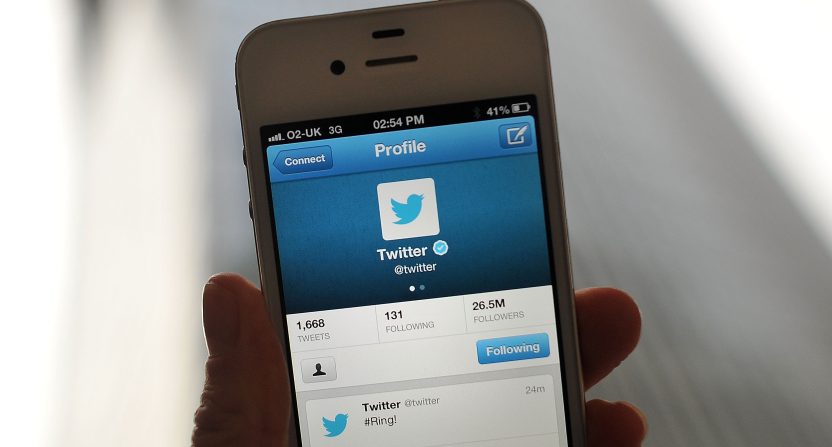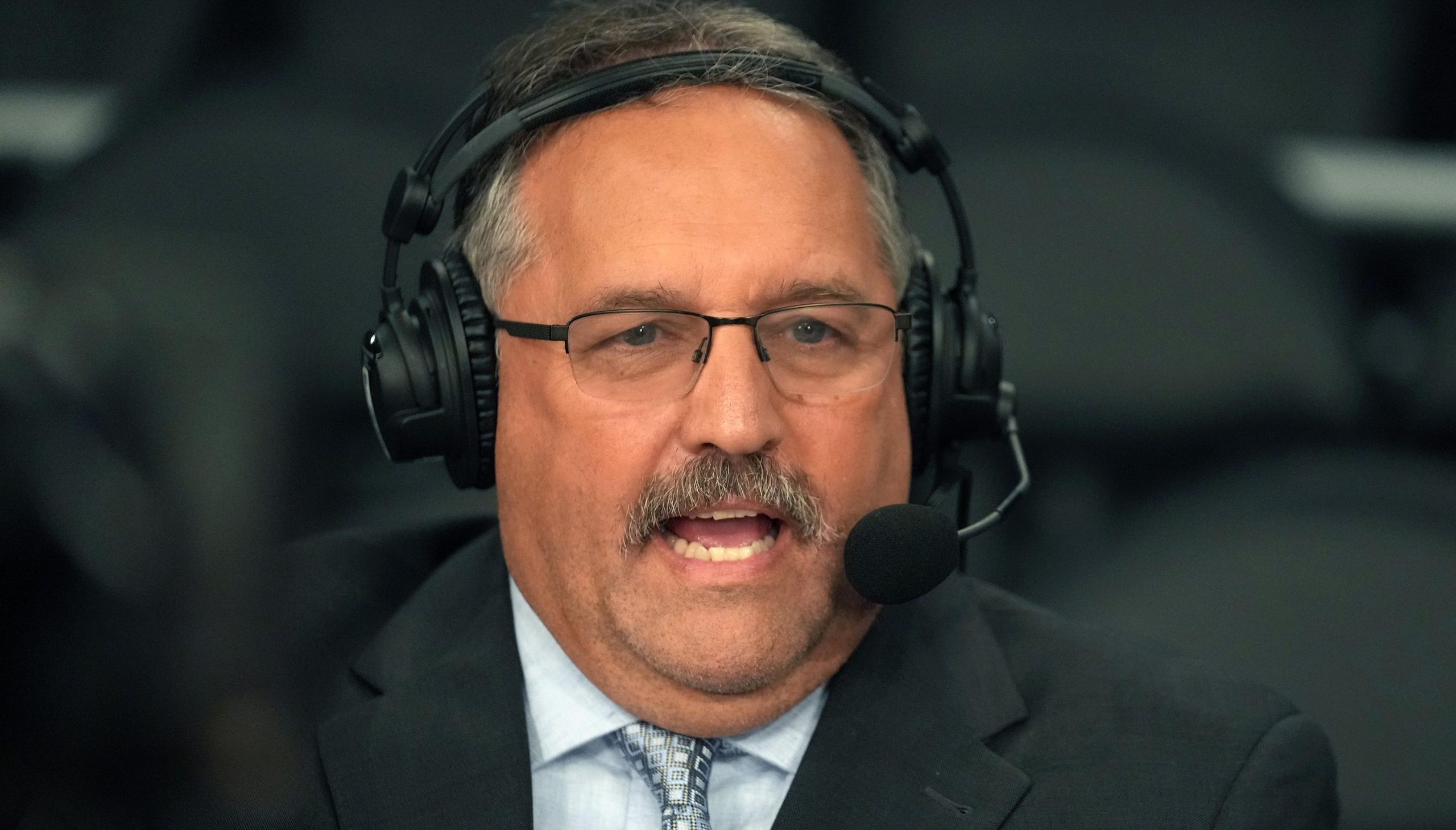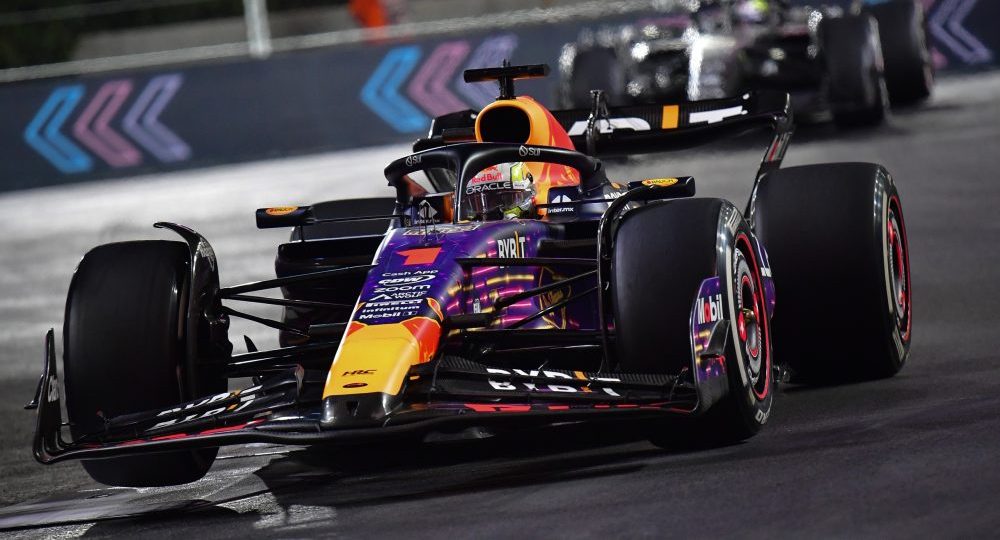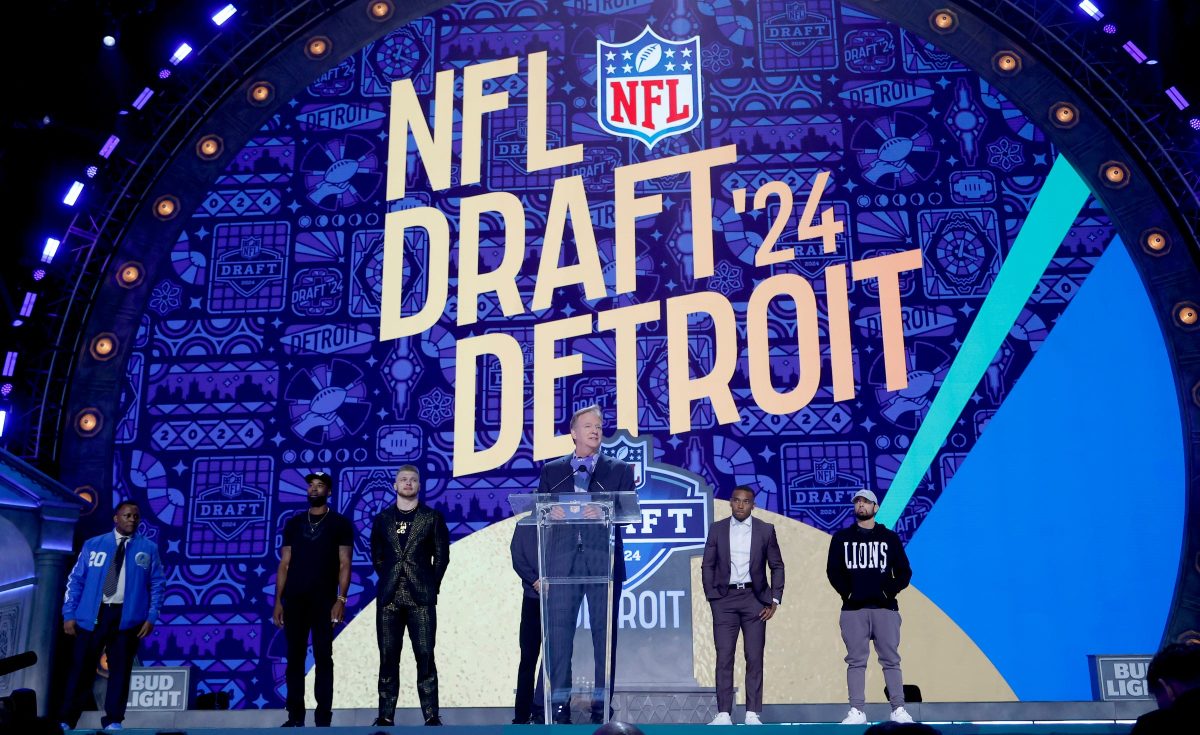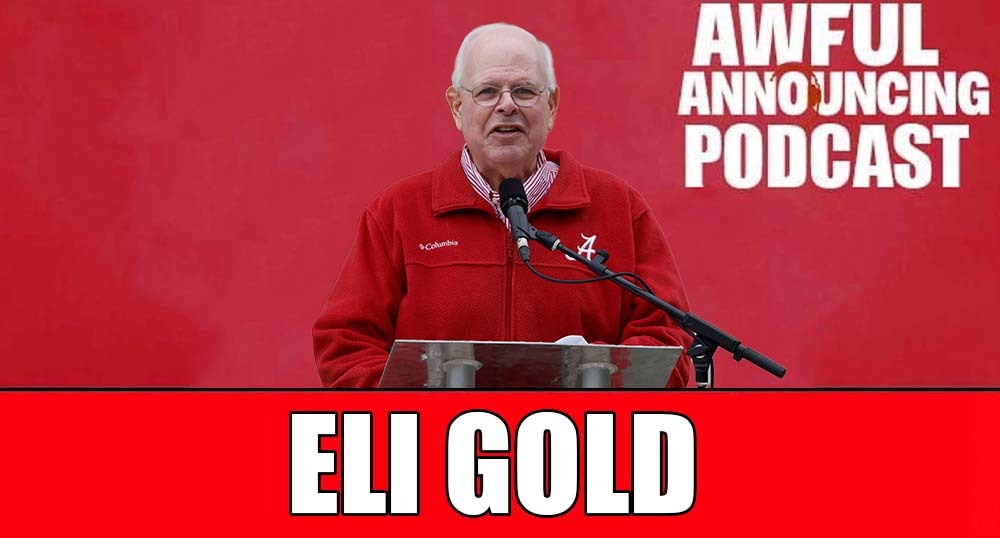Amazon’s $50 million deal for streaming rights to 10 Thursday Night Football games this season showed off the advantages of their multiple potential revenue streams, but it might look even better now, according to one analyst’s projections. Amazon’s bid was five times the $10 million Twitter reportedly paid for the same package last year, but Barclays analyst Kannan Venkateshwar told Broadcasting and Cable that Twitter wound up making major money on that deal:
Venkateshwar says Twitter generated about $50 million in gross revenue from its deal with the NFL last season, earning $15 million gross profit and $7 million in earnings before interest, taxes, depreciation and amortization.
It’s impressive that Twitter is estimated to have made that much, considering that this was for streaming rights to games that were still televised (these 10 games were still shown on CBS or NBC, as well as NFL Network) and that the only individual ad spots they could sell themselves were the local ones. The larger thrust of that story is that Venkateshwar thinks Amazon might not even do that, instead using those ad spots to promote other Amazon streaming series. And that fits into his bigger point about why Amazon has major advantages against other streaming players; as we discussed earlier, they can make money in a whole lot of ways (Prime subscriptions, data collection and product targeting, advertising and more). Those revenue sources mean Venkateshwar thinks they’ll have a major impact on the streaming space:
“While on one level, Amazon’s entry is just a continuation of the present arrangement albeit with a different company in the mix, we believe Amazon has the potential to be a major disruptor long term relative to other OTT entrants,” Venkateshwar said.
“Amazon is one of the biggest and most diversified aggregation platforms with much deeper insights on individual consumers given its shopping platform,” he said. “In this environment, adding football or other live events over time should allow Amazon to not only drive up engagement across other services, it could over time help enable a bootstrapping process to replicate the broadcast flywheel, potentially with much bigger monetization potential.”
That’s a lot of lingo, but the point is very valid. Amazon knows a lot about its customers (what they browse for, what they buy, what they watch, where they live, what credit cards they use, and more), and broadcasting high-demand events like the NFL will help them gain even more insights. Amazon also has plenty of data to work with on who its Prime users are, which may help them in selling ads on these NFL broadcasts if they do want to go that route. And big-ticket sports like the NFL will probably help them gain even more Prime customers, who they can then sell other things. Amazon’s entry into this realm in a major way makes it much tougher for companies like Twitter that are relying more on just advertising revenue, and while that advertising revenue can be significant (as Venkateshwar’s estimates show), Amazon’s playing a much bigger game. It will be fascinating to see how their push into streaming goes, and how it affects other players like Twitter.

